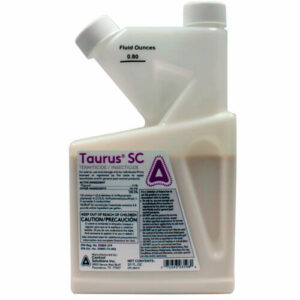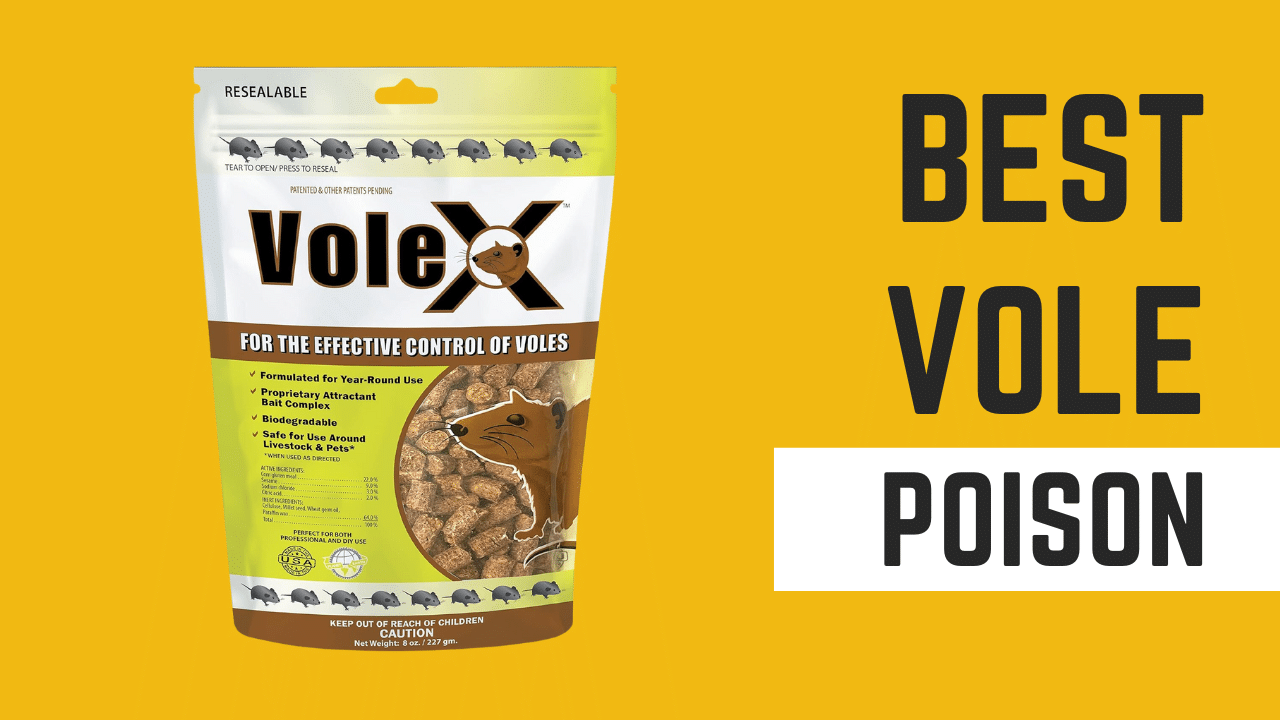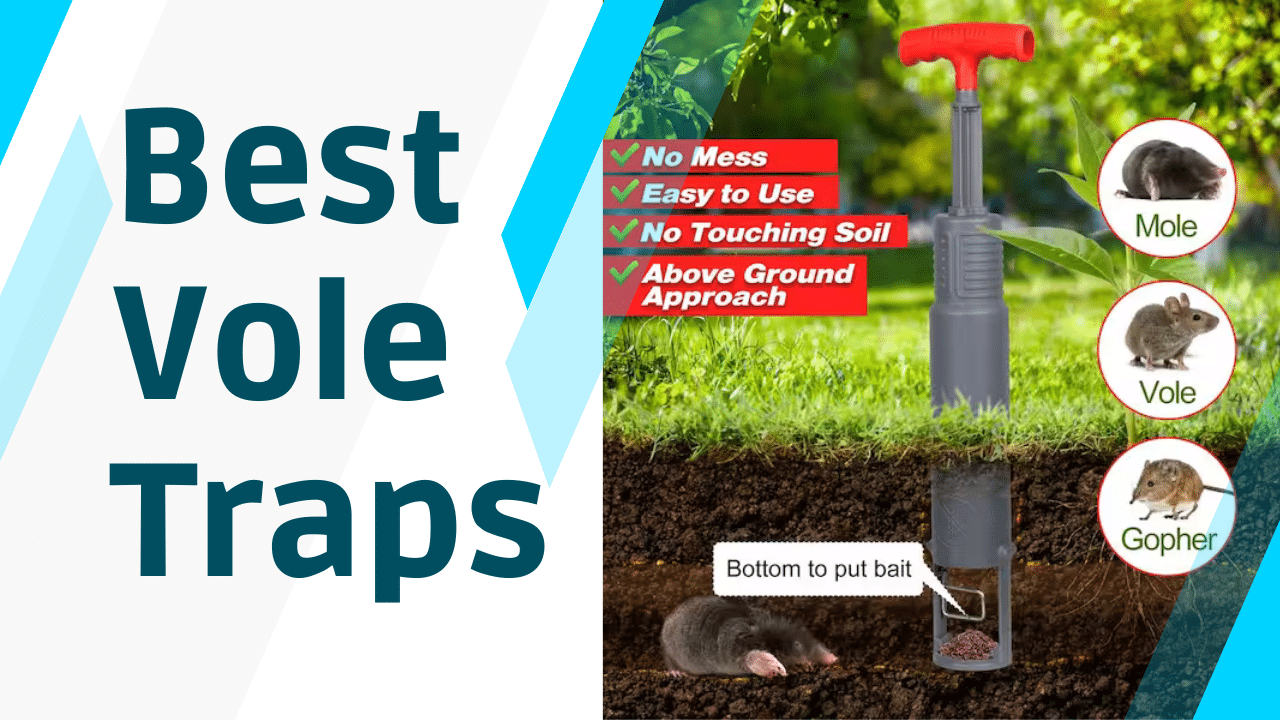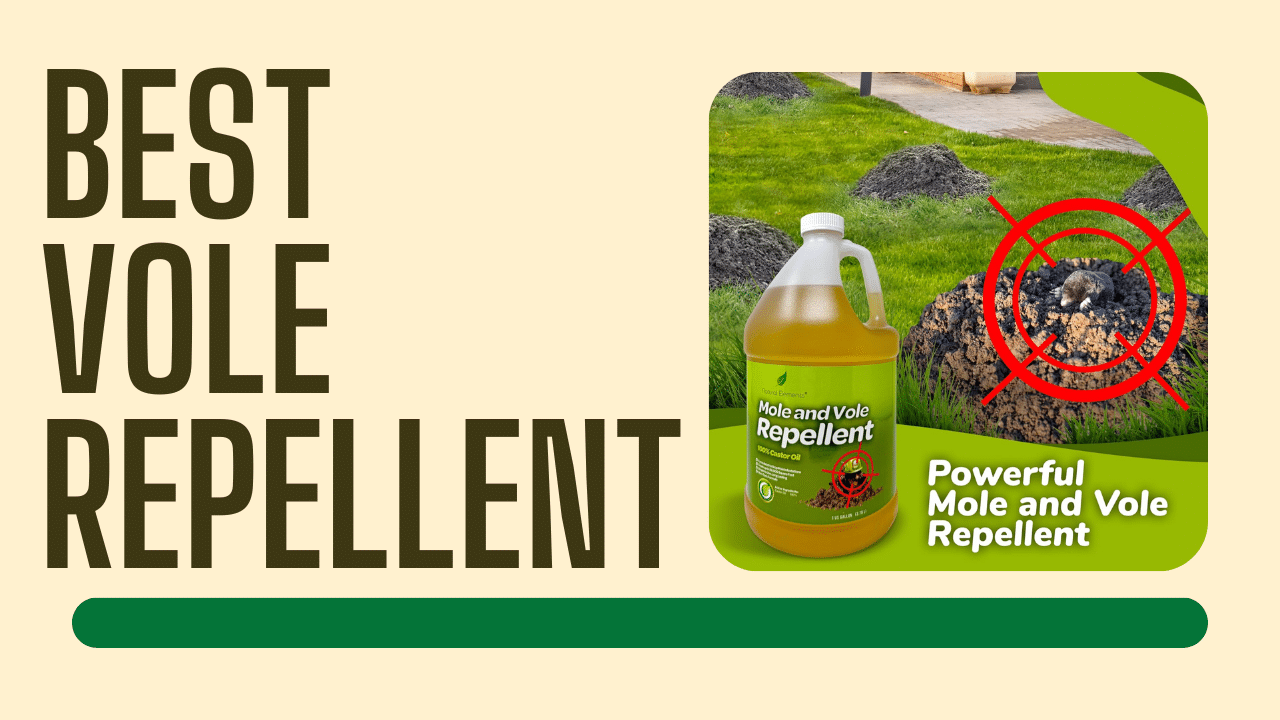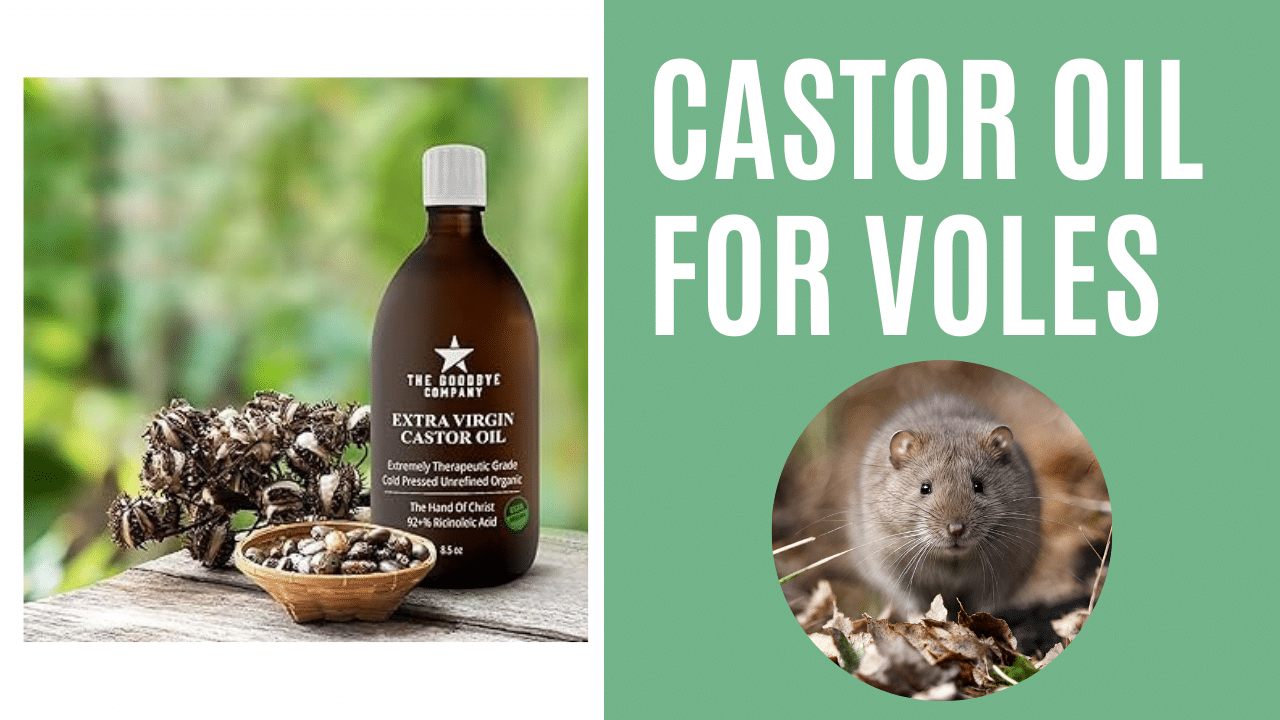
- LAST UPDATED: November 30, 2023
If you are looking for information on how to get rid of termites, you are probably not going to turn to professionals and want to cope with the problem yourself. And that is quite accomplishable!
But you’ll have to go into the issue, be persistent and give up the idea of exterminating the bugs in 10 minutes.
None of the insects or other pests is more dangerous than termites. Only they can ruin your house completely.
But even if you have them, it’s no reason to panic. They are slow eaters (the average colony eats a pound of wood in 5 years), thus your dwelling won’t collapse tomorrow.
Though it doesn’t mean that you should postpone solving the problem for too long, or else you’ll have nothing to save.
7-Steps Guide on How to Get Rid of Termites
Termites are one of the most destructive pests to ever invade your home. They silently destroy everything they touch, including the wood structures on which your house is built. You need to know how to get rid of termites quickly and safely if you want to save your home!
That's why we're here with 7 steps that will help you do just that.
Inspect your home for any signs of termites
The first step to how to get rid of termites successfully and maintain long-term control in your home is by inspecting for signs of termites.
There are many different types of termites in the U.S., so there isn't one specific sign you should be looking out for when searching for your little pests. Termite swarmers can often be mistaken as flying ants, but they will have straight antennae and thinner bodies than ants.
When hunting indoors, look around the woodwork near windows and doors, along baseboards and floors, within wall voids, or other similar areas that may provide concealed access into the house. Termites like damp locations such as bathrooms and kitchens because these rooms provide easy access to water and food sources.
Anytime you see termites, don't attempt to get rid of them yourself; call in the professionals!
Call an exterminator to inspect your home and provide treatment plan recommendations for any problem areas
The next step when trying to figure out how to get rid of termites is by calling in the experts when you find actual signs of an active infestation. Your local professional should have had years of experience finding and treating active subterranean termite infestations.
The pros will use high-tech methods of locating the hidden mud tubes that are used by underground termite colonies during their travels around your property.
Many companies also include annual inspections as part of their preventative maintenance plans, so it's always best to get quotes from more than one company to make sure you're not overpaying for the service.Install steel mesh around crawl spaces, chimneys, vents, and pipes
Since termites are known to live in damp areas, you can prevent them from entering your home by installing steel mesh around your crawl space vents, chimneys, and even pipes that enter the house.
Make sure mesh is at least 6-mesh or 19 mm to make it harder for these sap-sucking pests to breach the openings.Seal up all cracks, crevices, and other openings around the house that may allow termites inside, cracks in foundation and garage door with silicone or caulk
Termites love to enter a home through any type of crack or crevice they can find along the foundation or your garage door. They can even chew right through bricks, mortar joints, and wood siding if left unchecked.
Caulk all penetrations around these areas with a high-grade silicone product to seal any gaps that may let termites into your home. You also need to caulk the entire foundation as well as up underneath the bottom course of wooden siding where it meets the brick veneer for maximum protection from these destructive pests!
Purchase a termiticide from a local hardware store or pest control company
Spray the termiticide in all areas where you have seen evidence of termite activity, including cracks in walls, holes in floors, gaps around pipes and wires, and windows, doors, and electrical outlets
A termiticide is a non-repellent pesticide that contains the active ingredient chlorfluazuron. This chemical works by inhibiting chitin synthesis in termites, which eventually leads to their death.
Termiticides are great for controlling active subterranean termite infestations if applied properly; however, they can be very harmful to your family's health as well as pets like dogs and cats so always read the product label before applying!Exterminate ants that may be bringing termites into the house
Ants live in a caste system with a queen, workers, and soldiers. The worker ants are the most populous of all three castes in a colony and their main food source is honeydew from aphids, mealybugs, or any other type of sap-feeding insects. When termites infest an area near ant colonies they will become one another's the mutual enemy because termites love to eat sweet honeydew just as much as ants love to protect it. To get rid of ants, you need to use bait stations that contain Imidacloprid, which also happens to be extremely effective at controlling termite swarms!
Check out your local hardware store for Advion Ant Bait Gel that can be found in most pest control aisles.
Keep an eye out for any new signs of termite activity
And repeat steps 4-6 every six months or so to keep your home free from pesky pests!
For the most part, termites are very easy to get rid of using this 7-step guide. However, you also need to keep a close eye on your home for any new signs of termite activity and have a professional exterminator come out and re-treat your entire property every 6 months or so if you still see evidence of subterranean termites in your crawl space or basement.
You can find a reputable pest control company that services your area here.
Good luck!
Know Your Enemy’s Face
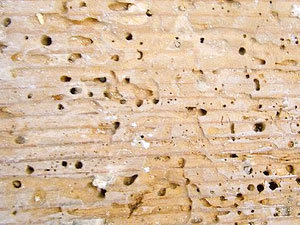
Track down the place of infestation. To locate their main hideouts, take a flashlight and flat-blade screwdriver, and examine everything made of wood:
- Tap on pillars, support and floor beams, and, of course, furniture. If you hear a hollow sound, that would mean it may be damaged by termites.
- Probe suspect wood for strength. If it gives easily or falls apart, this may also be a sign of infestation.
- Look around for mud in wood and any other mud trails. These insects are known to leave fallen wings and mud trails behind.
When you’ve spotted the bugs, try to examine them closely to determine their type.
Your home is more likely to be infested by termites of two general types:
- subterranean
- dry wood
And those two are the most destructive to buildings. The percentage of all the populations in the USA looks like this: 10% – dry wood, 90% – subterranean.
Termite Damage to Drywall

You may sometimes notice very faint traces of their tunnels in sheetrock, bits of dirt, or fecal pellets.
All this is evidence that you have this awful problem on your hands, and you have to address it urgently.
Drywood Termites
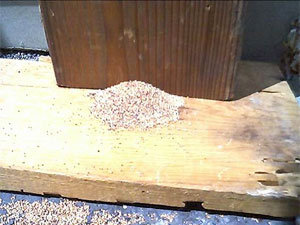
Unlike the subterranean, these buggers establish their nests in dry, undecayed wood completely above ground, and damage done by them is entirely different. They excavate large chambers in wood, connect them by small tunnels, eject wood pellets and leave fecal pellets called frass behind.
Treatment & Control
Now that you have defined the type of pests inhabiting your home and their locations, it’s time to get rid of them. Of course, there are two ways of doing this – chemical and natural/organic – but since most people opt for a safer way of extermination (i.e. without chemicals), our pieces of advice will focus just on it.
Here are the methods one can resort to:
Orange oil.
It’s an extract that is obtained from orange peels and is insoluble in water. It’s not intended for internal use, as it will cause severe stomach upset; even its spills are usually irritating to both skin and eyes, therefore, take adequate precautions.
Orange oil owes its effectiveness to the active ingredient D-Limonene that proved to eradicate a great variety of insects, dissolving their exoskeleton and destroying their cell membranes, thus leading to insects’ death.
Drill small holes into the infested wooden item and inject the oil into the hollow spaces (i.e. where the bugs are feeding). It’ll yield results within 3 days or 3 weeks, depending on the severeness of the infestation.
Cost: about $3/oz.- Microwaves.
To get rid of termites in wood one may use microwaves. Portable devices are available. The efficacy of this method is 90%, depending on treatment time and detection accuracy. 1-2 feet of the wooden board requires 10 to 30 minute treatment time. And it isn’t necessary to drill holes.
Cost: depends on where you live and whether you buy or rent it. - Electrocution.
You can electrocute the insects with the help of portable electric devices. It isn’t necessary to drill holes but when holes are drilled, eradication might be more effective.
Cost: depends on where you live and whether you buy or rent it. - Sunlight.
If possible, remove the affected item from your home and expose it to sunlight. The light and heat from the sun are sure to kill “the invaders” because they like darkness. On a sunny day, take the item outside and leave it there for 2-3 days (or as long as possible).
Cost: free of charge.
Test the infested item before carrying out this procedure.
No matter which method you choose, it is necessary to make periodic checks and repeat the procedure to eliminate reinfestation. You may also paint wood – the insects won’t enter through painted surfaces.
Subterranean Termites
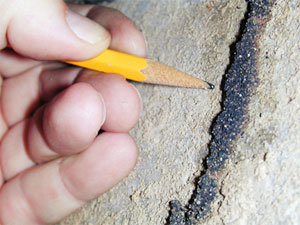
Since these bugs need the protection of tiny spaces and moisture to live, they build a system of pencil-thick tubes and tunnels of earth and mud across exposed areas. And typically, they do much more harm to your home than dry wood.
As far as dry wood termites can live without soil contact, they’re often carried in infested furniture or other wooden objects into such geographical areas where they aren’t normally found.
Treatment
There are three ways of doing it:
Beneficial nematodes.
These are very small unsegmented worm species that search for hosts, like termites, and burrow into them, causing death within approximately 48 hours. Spray the nematodes into the yard and infested rooms. That’s all you need to do. They are not harmful to humans, plants or pets, and can kill the entire insect colony.
Beneficial nematodes can be bought at your local garden supply/hardware store or online. If you don’t use them immediately after they’re purchased, store the nematodes in a refrigerator. They should be planted after the sunset or in the early morning since UV light harms them.
Cost: about $20 for 1 million nematodes.-
Boric acid.
It’s one of the most effective ways to kill the insects. This natural insecticide shuts down their nervous system and dehydrates them.
- Spray or coat wood with boric acid.
- Place boric acid bait stations in your garden and/or at home. Check them regularly and replenish them with boric acid. This insecticide is toxic when inhaled or ingested, so use gloves and a face mask while working with it, and be sure to keep your children and pets away from the substance.
Cost: about $7/oz.
- Cardboard trap.
Termites feed not only on wood but on everything containing cellulose, such as paper and cardboard. Thus, the latter will make excellent bait for the insects. Take 3-5 sheets of flat cardboard and wet them up. Stack the sheets on one another near the most infested area. When it’s full of bugs, put on gloves, take the trap out, and burn it. If necessary, repeat the process many times.
It is not recommended to use this method separately. Combine several methods to achieve better results.
Cost: about $0.15/piece.
Wood Treatment for Termites
There are several things you can try to prevent or get rid of these cellulose-eating bugs. It must be noted that the following goods are chemicals!
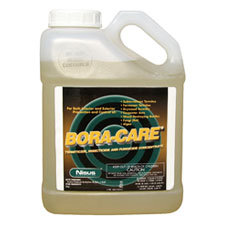
Natural borate salt (known as a very effective insecticide) is typically an active ingredient in such products. Speaking of Bora-Care: it’s a low toxicity wood preservative with low environmental impact. It is safe for people and pets, but destructive for insects. It deeply penetrates the wood, thus eliminating the latter as a food source. Bora-Care not only prevents infestations but also kills the existing ones.
Cost: depends on size and type of product, about $40-280.
- It is a professional product for eliminating termites and protecting your dwelling from future infestations.
- Taurus SC is intended for outside use only.
- It is safe for pets and people when used as directed.
Termite Bombs
Pesticide foggers are commonly called “bug bombs”. They can be bought at grocery and hardware stores.
Termite bombs consist of termiticide, i.e. liquid insecticide, contained in pressurized aerosol cans. A bomb disperses a fog of pesticide into the air which after some time falls to the floor and other exposed surfaces. When the bugs come in contact with this toxic substance, they die.
However, these bombs are not recommended for eradicating infestation from an entire house because termiticide doesn’t penetrate the wood and doesn’t reach termite nests. Moreover, inhaling or ingesting termiticides is harmful both for people and pets.
Home Remedies
If the above-mentioned methods don’t suit you, you may want to use the following home remedies against these creepy crawlies:
- Essential oils
Clove bud oil is particularly effective in killing termites. Take a mist sprayer, put the oil into it, and spray everything where you think they are living. If you want to prevent their appearance or reinfestation, use vetiver oil.
- Aloe
This remedy kills the bugs only on contact with aloe. Crush the entire plant into some container and pour enough water to cover the plant. Then, after several hours, strain the liquid and add 5 parts of water to 1 part of aloe into a mist sprayer. Spray it directly on the insects.
- Sodium chloride
Soak several cotton balls with an organic compound, sodium chloride, and a cleaning agent. Then fill these balls in any plastic cover and place them in all infested areas. This will kill the pests and stop their recurring.
Conclusion
To sum it all up, termites can cause thousands of dollars of damage to your home. If you see piles of wings, tiny holes in wood, mounds of insect droppings, or mud tubes, you have “unwelcome guests”. Don’t waste time and call a professional, or try some eradication methods described in this article.
After you have cleared your home from those pests, don’t forget to maintain your home dry, seal any cracks or crevices in it, and keep firewood off your property to prevent reinfestation.
Have a good “hunt”!

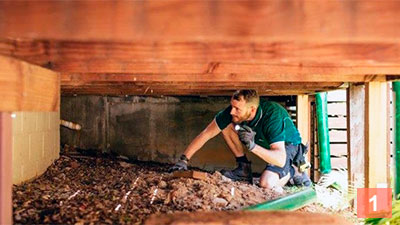 The first step to how to get rid of termites successfully and maintain long-term control in your home is by inspecting for signs of termites.
The first step to how to get rid of termites successfully and maintain long-term control in your home is by inspecting for signs of termites. The next step when trying to figure out how to get rid of termites is by calling in the experts when you find actual signs of an active infestation. Your local professional should have had years of experience finding and treating active subterranean termite infestations.
The next step when trying to figure out how to get rid of termites is by calling in the experts when you find actual signs of an active infestation. Your local professional should have had years of experience finding and treating active subterranean termite infestations.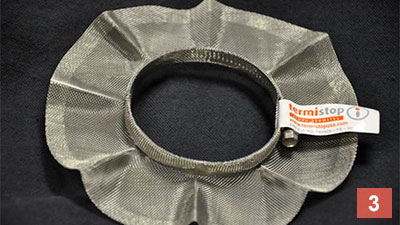 Since termites are known to live in damp areas, you can prevent them from entering your home by installing steel mesh around your crawl space vents, chimneys, and even pipes that enter the house.
Since termites are known to live in damp areas, you can prevent them from entering your home by installing steel mesh around your crawl space vents, chimneys, and even pipes that enter the house.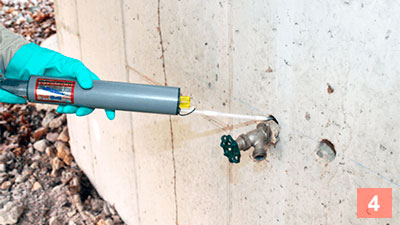 Termites love to enter a home through any type of crack or crevice they can find along the foundation or your garage door. They can even chew right through bricks, mortar joints, and wood siding if left unchecked.
Termites love to enter a home through any type of crack or crevice they can find along the foundation or your garage door. They can even chew right through bricks, mortar joints, and wood siding if left unchecked.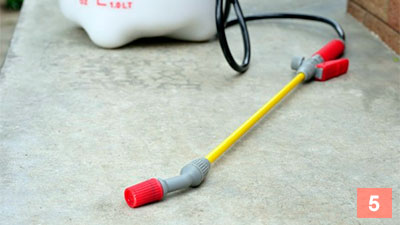 Spray the termiticide in all areas where you have seen evidence of termite activity, including cracks in walls, holes in floors, gaps around pipes and wires, and windows, doors, and electrical outlets
Spray the termiticide in all areas where you have seen evidence of termite activity, including cracks in walls, holes in floors, gaps around pipes and wires, and windows, doors, and electrical outlets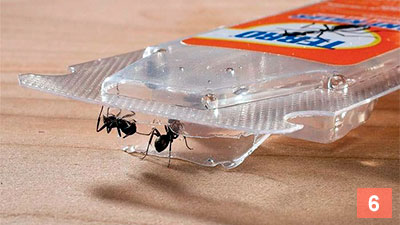 Ants live in a caste system with a queen, workers, and soldiers. The worker ants are the most populous of all three castes in a colony and their main food source is honeydew from aphids, mealybugs, or any other type of sap-feeding insects. When termites infest an area near ant colonies they will become one another's the mutual enemy because termites love to eat sweet honeydew just as much as ants love to protect it. To get rid of ants, you need to use bait stations that contain Imidacloprid, which also happens to be extremely effective at controlling termite swarms!
Ants live in a caste system with a queen, workers, and soldiers. The worker ants are the most populous of all three castes in a colony and their main food source is honeydew from aphids, mealybugs, or any other type of sap-feeding insects. When termites infest an area near ant colonies they will become one another's the mutual enemy because termites love to eat sweet honeydew just as much as ants love to protect it. To get rid of ants, you need to use bait stations that contain Imidacloprid, which also happens to be extremely effective at controlling termite swarms!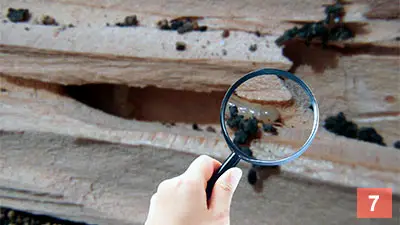 And repeat steps 4-6 every six months or so to keep your home free from pesky pests!
And repeat steps 4-6 every six months or so to keep your home free from pesky pests! Orange oil.
Orange oil.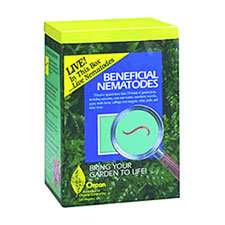 Beneficial nematodes.
Beneficial nematodes.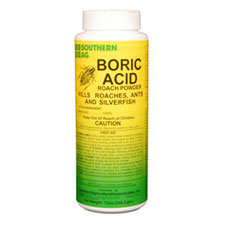 Boric acid.
Boric acid.